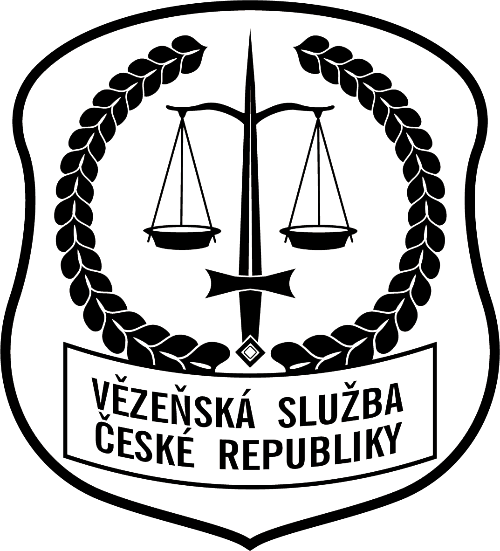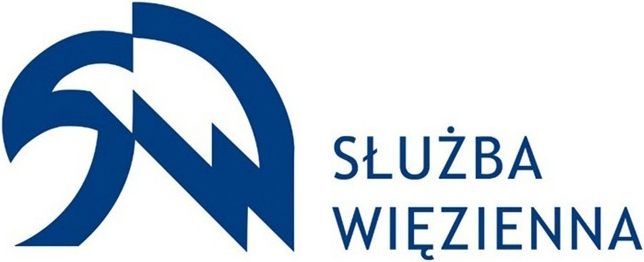History of the Prison
Written records indicate that as early as 1843, the first building in what was then Slovak territory, purpose-built as a prison for investigation, custody, and punishment, was constructed in Prešov. It was part of the County Administrative Building and had a capacity of 150 prisoners. Eleven staff members were responsible for its operation. The prison met a tragic end during the bombing of Prešov on December 20, 1944, when it was directly hit and destroyed. In the rubble, 140 prisoners from the entire Šariš-Zemplín region lost their lives.
In 1939, a new prison was designed as part of a complex of judicial buildings. It was completed and put into use in 1942, meeting the latest penitentiary standards of the time. The prison cells were equipped with central heating, toilets, water supply, and ventilation, with a total capacity of 200 places. It served as a remand prison until 1961, when, due to administrative reorganization, its function was discontinued and the premises were repurposed as a judicial archive and workshops for the then Regional Directorate of the National Security Corps.
The modern history of the institution dates back to 1969, when the newly established Ministry of Justice of the Slovak Socialist Republic and the Administration of the Corps of Correctional Services began operations. Due to a lack of capacity, several former prison facilities were restored to their original use. In this context, a Reformatory Institution for Juveniles was established in Prešov. However, after less than four years, due to inadequate conditions for the incarceration of juveniles, an organizational change was implemented, and as of November 1, 1972, the building was returned to its original function as a remand prison. An administrative building, utility facility, and additional functional premises were added.
Between 1987 and 1991, the first open unit in Slovakia for sentenced prisoners assigned to the first correctional group was established within the institution. Later, the first semi-open unit for both the first and second correctional groups followed. In 1991, a property with nearly two hectares of land in the Šváby housing estate was purchased and renovated for the purposes of this type of penitentiary approach. In 2006, an open unit for prisoners under minimum security level was set up on these premises and continues to operate in its original form to this day.
A significant milestone in the institution's history occurred in 2004 with the acquisition of the former military prison facilities in Sabinov. After extensive reconstruction, a prison sentence unit in Sabinov became part of the institution on April 2, 2007.
As of January 1, 2012, the institution's name was changed to Prešov Remand Prison and Prison.
The Present
The Prešov Remand Prison and Prison currently comprises three operational complexes: the remand and sentence execution unit, the sentenced prisoners unit in Sabinov, and the open unit. The institution currently handles remand detention, the incarceration of newly admitted and temporarily transferred prisoners, as well as sentence execution for convicted men under minimum security level and those placed in the open unit. The total accommodation capacity is 725, including 138 places for remand prisoners and 587 for sentenced inmates.
The institution also ensures security and order in six courts and eight public prosecutor’s offices in the Prešov region through its Court Guard division.
Treatment of remand and sentenced prisoners is ensured in accordance with applicable legislation in a manner that fosters a sense of responsibility, respect for the law, respect for others, and self-respect, with particular emphasis placed on fulfilling the purpose of remand detention and the purpose of imprisonment. Given that prisoners are isolated from society and removed from their social environment for a certain period, it is essential to provide opportunities for maintaining contact with the outside world, particularly with their immediate families. Therefore, visits are permitted under legal conditions, typically involving direct contact.
To remain informed about social, political, economic, and cultural events, inmates have access to television and institutional radio. They can also participate in a variety of leisure activities through a schedule that includes lectures, discussions, quizzes, group sessions, clubs, and sports events. Popular activities include table tennis, football, exercise, checkers, chess, and other sports. The prison library plays a vital role in prisoners' leisure time, offering a wide selection of books and including a reading room where prisoners can study legal texts.
Sentenced prisoners placed in the open unit attend events organized outside the prison, primarily sports events such as football, hockey, and handball matches, as well as cultural activities – visits to galleries, various exhibitions, film and theatre performances, or the planetarium. Outings into nature and the surrounding area of the unit are also organized. Imprisonment in the open unit involves a relaxation of restrictions for sentenced prisoners, mainly in the form of free movement outside the unit, and they may also be granted permission to go on outings outside the prison to visit close family members. A drug-free zone project is implemented in the unit, aimed at ensuring optimal conditions for the psychological, social, and physical development of the prisoners' personalities. Prisoners in the Sabinov unit publish their own magazine, “ZA DVERAMI” ("Behind the Doors").
In November 2018, the institution joined the national project “Chance for Return” as one of ten participating institutions. The main objective is to reduce the risk of social exclusion for prisoners and improve their employability. The pre-release unit has a capacity for 13 inmates, and the project team includes three staff members (a case manager, psychologist, and social worker) and a social curator-methodologist from the Office of Labour, Social Affairs and Family (ÚPSVaR). As of September 30, 2023, the project “Chance for Return I” concluded and continues under the title “Chance for Return II”.
Since 2004, Catholic pastoral care has been provided by the institution’s prison chaplain. Ecumenical services are ensured by the prison pastor from the Košice Remand Prison and Prison. Catholic pastoral services are also available to prison officers and employees, and their families.
The institution provides prisoners´ education in cooperation with the Private Elementary School and the Combined School in Sabinov through a two-year vocational program in Metalworking (code 2477 F). Education for juvenile remand prisoners is provided in cooperation with Lesnícka Elementary School and the Boarding Vocational School in Prešov. Based on materials developed during the Chance for Return project, the institution also offers adult education in basic communication and numeracy skills. Additional non-formal education includes a “Slovak language for foreigners and literate individuals of non-Slovak nationality who do not speak Slovak” program.
Social work is conducted by two female and one male social workers, who collaborate with external organizations to address prisoners’ social issues within both penitentiary and post-penitentiary care frameworks.
Psychological services are provided to remand and sentenced prisoners as well as to staff. These services include psychodiagnostic interviews, psychological and crisis interventions, counseling, awareness-raising, and individual therapy. Group services include social-psychological training.
Employment of prisoners is organized through internal operations and prison industry centres. Prisoners are assigned to workstations with or without supervision. The institution has four industry centers: 1. services and labor provision, 2. production of locksmith products, 3. manufacturing of metal bunk beds, 4. production of chipboard furniture.
Externally working prisoners are employed in construction, woodworking, engineering, and agriculture. Products from the institution include metal bunk beds, mobile phone lockers, file cabinets, office desks, wardrobes, tables, chests of drawers, and kitchen units, produced either for the prison service or commercial clients. Workstations with free movement in the open unit are also available to external individuals or entities based on contracts.
Year-round average employment in the open unit has a positive impact on prisoner resocialization, helps develop work habits, and improves reintegration prospects. Internally, remand prisoners can also be assigned as hallway attendants or kitchen assistants.
Healthcare services are provided to prisoners, staff, and pensioners through three general medical offices. A dentist provides care in the prison’s dental office. Psychiatric, TB specialist, and gynecological services are outsourced to external specialists. Other specialized care is provided in contracted external medical facilities.
As part of modernizing its infrastructure, the institution participates in development projects funded by the European Union and the state budget. These efforts have significantly reduced energy consumption in administrative buildings through the Operational Programme – Quality of the Environment. Participation in the national project Process Optimization in Management and Operations is expected to enable efficient digitization of the client life cycle, unify and modernize procedures across all prisons through process, managerial, ICT, and hardware tools. A new agenda information system will be implemented, along with electronic services for prisoners and a renewed and modernized prison security system, both in terms of hardware and software.
Prison Personnel
The service at the prison is performed by specialized personnel – members of the Corps of Prison and Court Guard – and by employees working in the public interest. Currently, 338 members of the Corps and 45 employees are involved in fulfilling service and work duties at the prison. All of them are fully qualified to work under prison conditions. In terms of educational attainment among the members of the Corps, 54.88% have completed full secondary education, 7.01% hold a first-level university degree, 37.8% hold a second-level university degree, and 0.30% have obtained a third-level university degree. As for the employees, 20.83% have completed vocational secondary education, 56.25% have completed full secondary education, 4.17% hold a first-level university degree, and 18.75% hold a second-level university degree. Women account for 11.58% of the members of the Corps and 53.19% of the employees.
International Cooperation
The Prešov Prison has concluded cooperation agreements with Jiřice Prison (Czech Republic) and the Prison for Sentenced Prisoners in Łupków (Republic of Poland). This international cooperation supports the exchange of experience in the field of prisoner treatment, material and technical conditions, as well as staff welfare in prison facilities.








